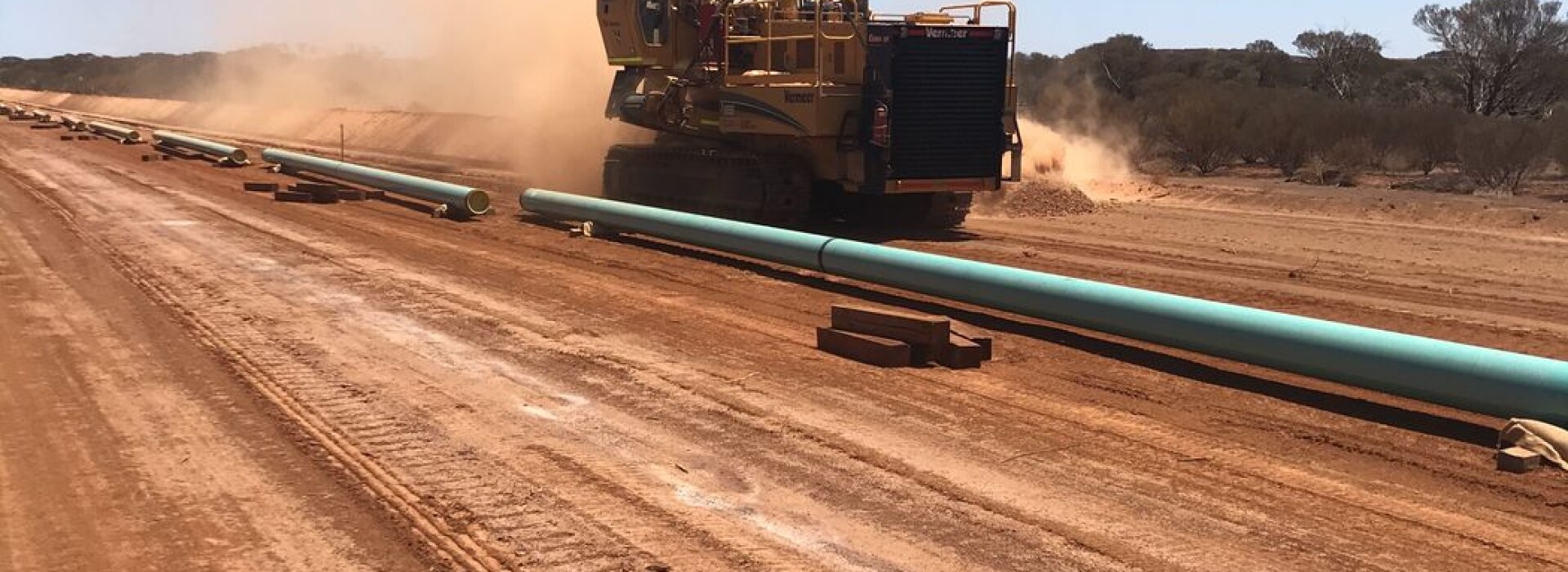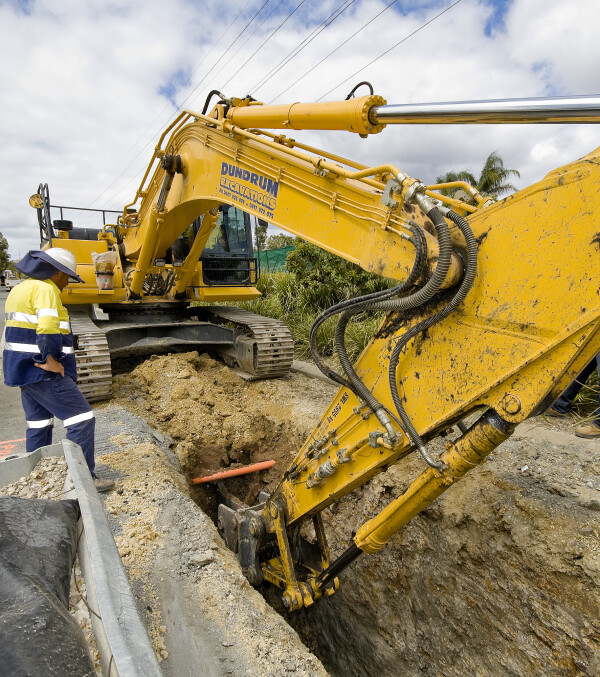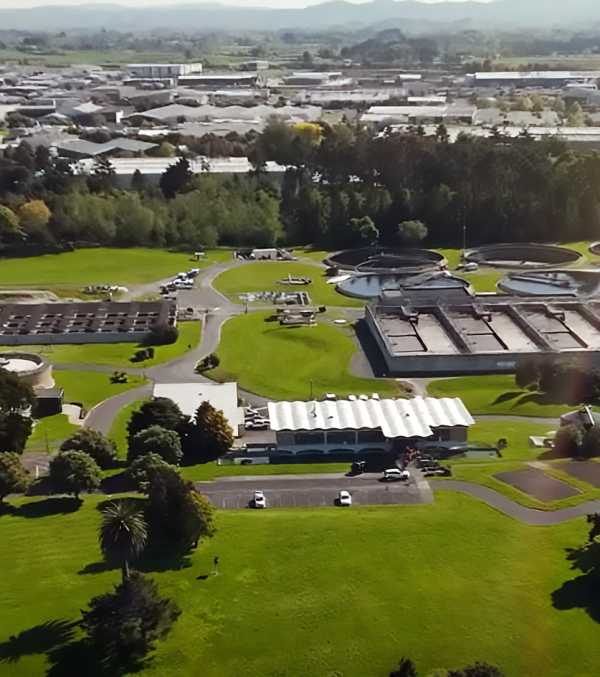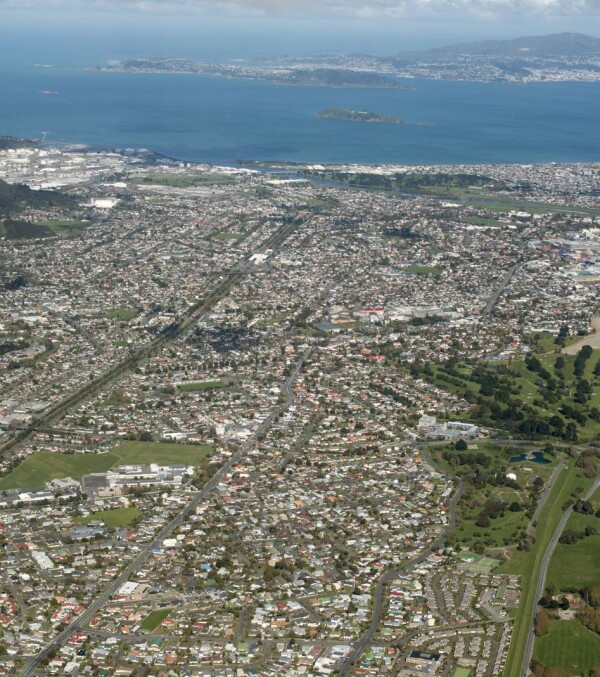|
Customer: APA Group Contract: Construct Only Location: Lenora, Western Australia |
Fast Facts
|
We constructed the Murrin Murrin Looping Project for APA Group, east of Lenora in Western Australia. The objective of the project was to increase the capacity of the Murrin Murrin Lateral to enable APA to service future downstream customers.
Our scope consisted of the construction of a 13.8 km long, 200 mm diameter high pressure gas pipeline, along with the tie-ins to an existing above-ground offtake station. The pipeline runs from a connection off the existing Murrin Murrin Lateral.
An upgrade to the existing Eastern Gas Pipeline Offtake facility was required to receive the new pipeline and this involved the replacement and improvement of in service above ground piping and the installation of new piping, valves, and relocation of existing cathodic protection equipment.
Some of the challenges faced on the project included:
- Commencing the project during the COVID-19 pandemic period
- Lack of specialised pipeline personnel due to border closures
- Working adjacent to a main road and controlling dust during periods of high winds
- Extremely high daytime temperatures for some weeks of the scheduled construction activities
- Hard ground conditions with rocky areas
- The project was constructed in a remote area in the goldfields of Western Australia with a high interaction with local industry and council in supplying services and equipment required for the project.
Key to success
Following the successful completion of APA’s Agnew Gas Pipeline in March 2019, our highly experienced team was able to quickly mobilise to Murrin by utilising equipment that was stored in Leonora.
We were able to call on previously approved documents and procedures and had pre-qualified Pipeline Welding and Field Joint Coating Procedures, which saved time and cost for the project.
We hand picked experienced and mostly Western Australian subcontractors for welding, NDT, field joint coating, hydrostatic testing and CP/DCVG and managed to engage experienced multi-skilled personnel due to the short duration of the project.
All sealed and unsealed road crossings were carried out by open cut methods, and with careful planning, disruptions to the mine haul road access were avoided.
Working as an integrated team with the client from the outset of the project was also a key to success. Collaborative project management strategies enabled the team to develop innovative construction solutions to successfully overcome logistical, stakeholder, environmental, and resource constraints. Success factors included the establishment of a high-performance project team, strong mutual understanding of roles and accountabilities and a robust framework for managing the changes.
Work health and safety initiatives
The pipeline was constructed safely (in accordance with APA’s Safety Management Plan), environmentally compliant (in accordance with APA’s Construction Environment Plan) and quality compliant (in accordance with APA’s Supplier Quality Requirements) and met the requirements of all relevant Australian and international standards and codes.
A very fast mobilisation and commencement meant that we drew upon its significant experience in remote cross-country pipeline construction to achieve this safely and effectively.
Beginning with comprehensive and collaborative pre-planning to de-risk the project before construction commenced; every facet of the project was subjected to strategic safety thinking, strong safety leadership and uncompromising safety management.
The construction of the Murrin Murrin Looping Project continued the culture of safe construction that we have nurtured:
- More than 36,000 manhours worked in a 2 ½ month period with a Total Recordable Frequency Rate of zero and no Medical Treatment or Lost Time Injuries
- The site was constructed within active mining areas and adjacent to a main road just under an hour’s travel from accommodation with no significant vehicle incidents, collisions of any kind or adverse involvement with vehicles driven by others
- More than 780, 18 m long pipe joint movements with no dropped pipe.
Environmental initiatives
The Murrin Project had specific fauna management conditions that the client stressed during the tender phase needed to be adhered to and tracked during the course of the project. Our recent experience with very similar fauna conditions on the Agnew Gas Pipeline Project, and proven professional resources, meant we could meet the conditions without adversely affecting the construction schedule.
The project always met the strict regulatory conditions and cut no corners in achieving these goals. For trench mortalities the project achieved a rate of less than 1%, well below the industry average of 10%, and the timeframes of within 3 hours of sunrise to clear the trench of fauna was met for the 21-day period of the open trench cycle.
Construction
Planned construction production rates were achieved or exceeded through detailed planning and management of risks including some very hard ground conditions and rocky areas.
Practical completion was achieved three days ahead of schedule, allowing APA to carry out the commissioning of the pipeline and facilities prior to Christmas 2020.
Innovations and new technologies
We used a range of new technologies for the project.
The project successfully used Computerised Radiography for weld testing, which delivers numerous benefits compared with traditional film-based radiography, including:
- Shorter cycle times than film enabling faster results
- Shorter exposure times resulting in less battery changes
- Increased probability of detection of defects
- Better sensitivity than film (at least 1 wire better)
- No chemicals for film processing
- Digital data sharing capability made possible
- No quality degeneration on long term data storage
- Lower data storage costs
- Ability to enhance images electronically
- Better reporting due to automation and lower consumable costs due to reusable plates.
Overall, the team achieved a weld repair rate of just 0.94%.
With advances in mobile phone technology, and proximity to existing infrastructure, the project team was able to take advantage of existing mobile phone networks through the use of new generation cell phone repeaters fitted to project vehicles. This provided advantages over traditional VHF radio systems both in cost and time to deploy.






